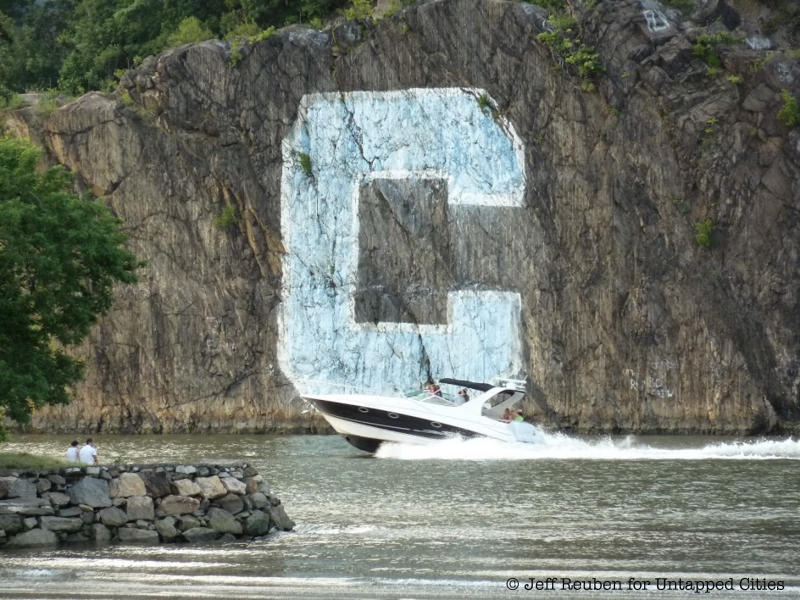Central Park may be man-made, but the large rocks of most New York City parks have been around longer than most would think, and extend far beneath the city streets. Known as bedrock, many are anywhere between 190 million and 1.1 billion years old. More importantly, if it wasn’t for this “schist” (metamorphic rock) below the ground, New York City wouldn’t be synonymous with skyscrapers.
The bedrock provides each of the city’s buildings its foundation and structural stability. Its various depths below ground explain why some areas in the city are dense with tall buildings and others aren’t. For example, since schist is only 18 feet below the ground at Times Square, it was easy for builders to access it. In Greenwich Village, schist only exists 260 feet below the ground, so building skyscrapers in that area is extremely difficult.
While most bedrock lies underground, “bedrock features”– ridges that used to be a massive mountain range that has since eroded– can be seen in various parks throughout the city. The billion-year-old Fordham Gneiss, the oldest bedrock feature in New York City and one of the oldest in the world, is visible in Riverdale on the west side, on the Harlem River Ship Canal–where it is marked with a ‘C’ for Columbia University–in Fordham, and all the way north until it reaches Van Cortland Park. In J. Hood Wright Park lies the Manhattan Schist, which, at 450 million years old, is the second oldest rock formation. These bedrock ridges are all part of what used to be a massive mountain range that has since eroded. It seems these rocks have more a majestic origin than their current uses as comfortable seats or play sites for parkgoers suggest!
See more quirky NYC facts and discoveries in our Daily What?! series. Submit your own via Twitter with the hashtag #DailyWhat.






